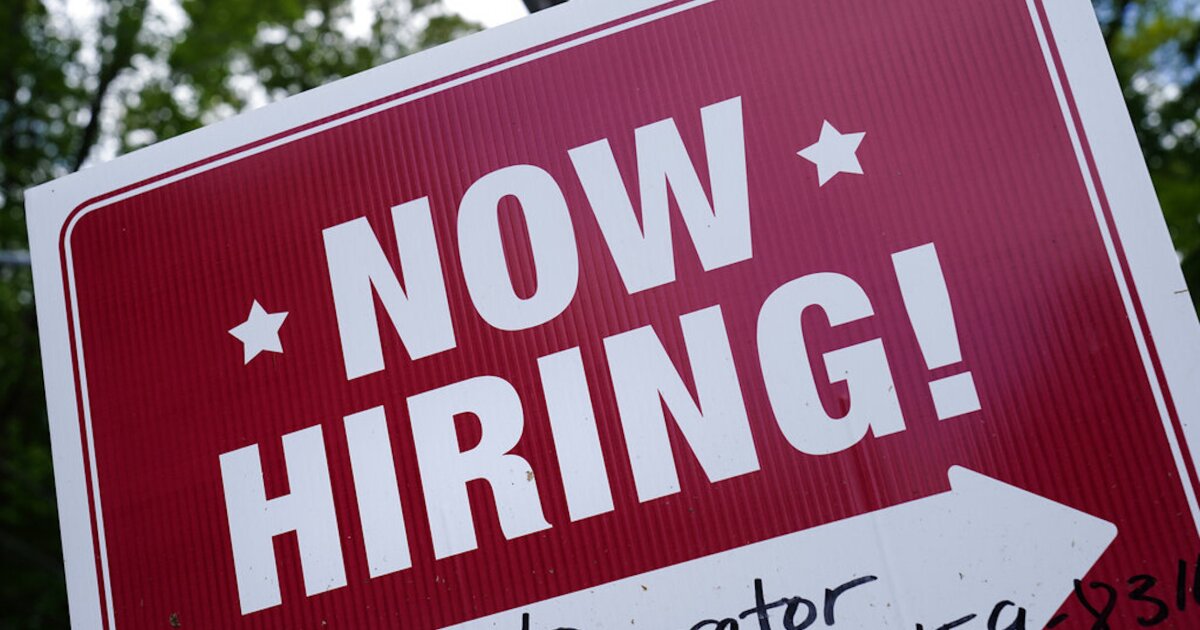

(The Center Square) — Businesses in North Carolina were struggling to find employees before the start of the pandemic and the problem continues.
WalletHub research ranked North Carolina 15th when accounting for the rate of job openings during the latest month available and for the last 12 months from the U.S. Bureau of Labor Statistics. WalletHub gave double weight to the job openings rate during the latest month. North Carolina’s job openings rate last month was 7% and the rate for the last 12 months was 7.43%.
Alaska was rated the top state for employers struggling the most to hire employees and Washington was last.
The 2022 Employer Needs Survey, published by the North Carolina Department of Commerce, found more employers reported hiring difficulties in the fall of 2021 than in previous years as 81% responded at least some difficulty attempting to hire someone. Employers said a lack of applicants was the top reason for difficulty, followed by employability issues and offered pay was too low.
“These findings are not unexpected given the current tightness of the labor market, which has become even tighter since the initial months of the pandemic,” the report said. “In the fall of 2019, for example, there were approximately 1.3 jobseekers per job opening; in the fall of 2021, there was less than 1 (0.9) jobseeker per opening. Therefore, there are simply fewer applicants for a large number of job openings.”
North Carolina’s unemployment rate was 3.4% in June, just below the national rate of 3.5%.
The national labor force participation rate, defined as the percentage of the population that is either working or actively looking for work, was 62.1% in July; North Carolina’s rate was 60.5% in June, up seven-tenths of a percentage point from June 2021.
Miren Ivankovic, an adjunct professor of economics at Clemson University, told WalletHub the participation rate is more telling than other data points.
“It seems that individuals who left the labor force are not returning to it,” Ivankovic said. “This is a problem that should be addressed and improved. I forecast current trends to remain during this year, but predictions are that GDP (gross domestic product) will grow at a much slower rate, even a negative rate due to Federal Reserve policies, and that will ‘cool off’ demand for labor.”
However, the Department of Commerce’s 2022 Needs Survey suggested employers make adjustments to attract more candidates.
“While some potential workers may be hesitant to return to the labor force due to health concerns, childcare, family obligations and retirements, employers may be challenged to adjust to the realities of a smaller labor force in the future due to basic demographic conditions,” the survey said. “This may require employers to evaluate both offered wage and non-wage benefits such as health insurance and childcare to attract needed workers.”






